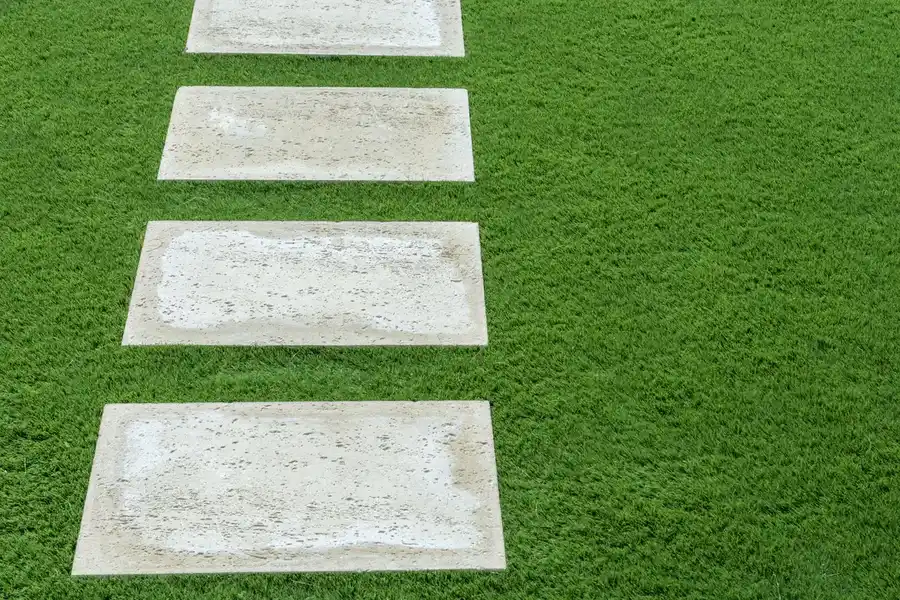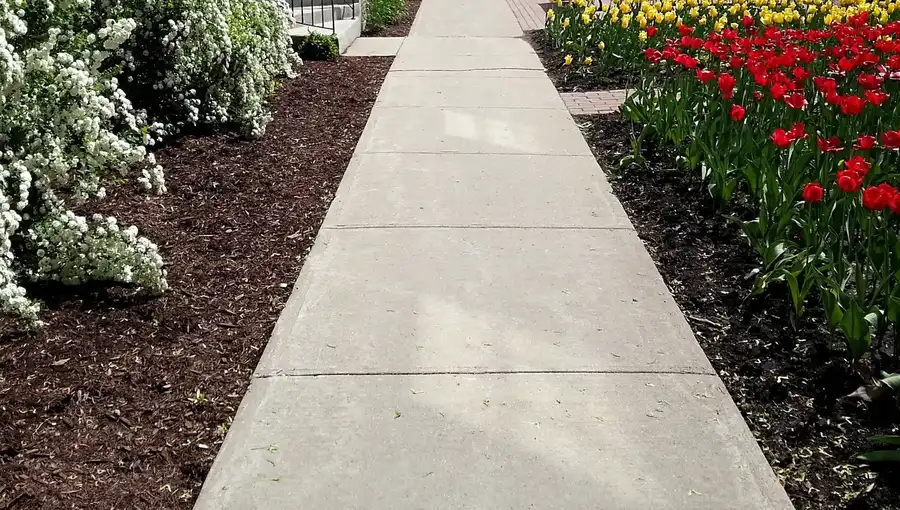How Different Weather Conditions Can Affect Sidewalk Lifespan
Concrete sidewalks are a vital part of urban and suburban landscapes, providing safe pathways for pedestrians. However, their durability can be significantly affected by weather conditions. Various elements like rain, snow, and temperature changes play crucial roles in how well sidewalks withstand the test of time. Understanding these impacts is essential for both maintenance and planning.

The Role of Rain in Erosion and Cracking
Rain can have significant effects on concrete sidewalks. When water seeps into the cracks, it can lead to erosion over time. Repeated exposure to heavy rainfall might cause cracks to expand, making the sidewalk uneven or even unsafe. This scenario often necessitates concrete sidewalk repair to restore safety and functionality.
Freezing Temperatures and Their Consequences
In colder climates, freezing temperatures pose another threat to sidewalk durability. Water that penetrates cracks expands when it freezes, causing the concrete to crack further. This freeze-thaw cycle can weaken the concrete considerably, leading to more frequent needs for concrete sidewalk repair.

Heat’s Effect on Expansion and Contraction
Extreme heat can also impact concrete sidewalks. High temperatures cause the concrete to expand, while cooler temperatures at night cause it to contract. This constant movement can create stress within the material, leading to fractures or warping over time, particularly where expansion joints are not properly installed.
Wind and Its Indirect Effects
While wind itself does not directly damage sidewalks, it plays an indirect role by carrying debris that can scratch surfaces or fill in cracks with dirt and organic matter. Over time, this accumulation can contribute to surface degradation, requiring more frequent maintenance efforts.
Effects of Seasonal Changes
Seasonal changes bring about varying weather patterns that collectively challenge sidewalk integrity. In regions experiencing all four seasons distinctly, the cumulative effect of alternating between hot summers and cold winters can quicken the wear and tear process. Regular inspections and timely interventions help mitigate these seasonal impacts.
Preventive Measures for Longevity
Ensuring the longevity of sidewalks involves several preventive measures:
- Selecting high-quality materials designed to withstand specific climate conditions
- Implementing proper drainage systems to prevent water accumulation
- Using sealants to protect against moisture infiltration
- Performing regular inspections to identify early signs of wear
Importance of Timely Maintenance
Timely maintenance is critical in extending the life of concrete sidewalks. Small issues can quickly escalate if left unaddressed, resulting in more costly repairs down the line. Professional evaluations can provide insights into the most effective maintenance strategies tailored to the local climate.
Conclusion: Ensuring Lasting Durability With Proactive Care
Weather conditions dramatically influence the durability of concrete sidewalks. Understanding these factors allows for proactive care that mitigates damage before it becomes severe. Effective maintenance practices ensure lasting quality and safety for pedestrian pathways. For reliable service, Cottage Grove Concrete LLC offers comprehensive solutions tailored to meet diverse climatic challenges. Located in Cottage Grove, MN, we prioritize durability and customer satisfaction with expert services just a call away at (612) 484-2649.